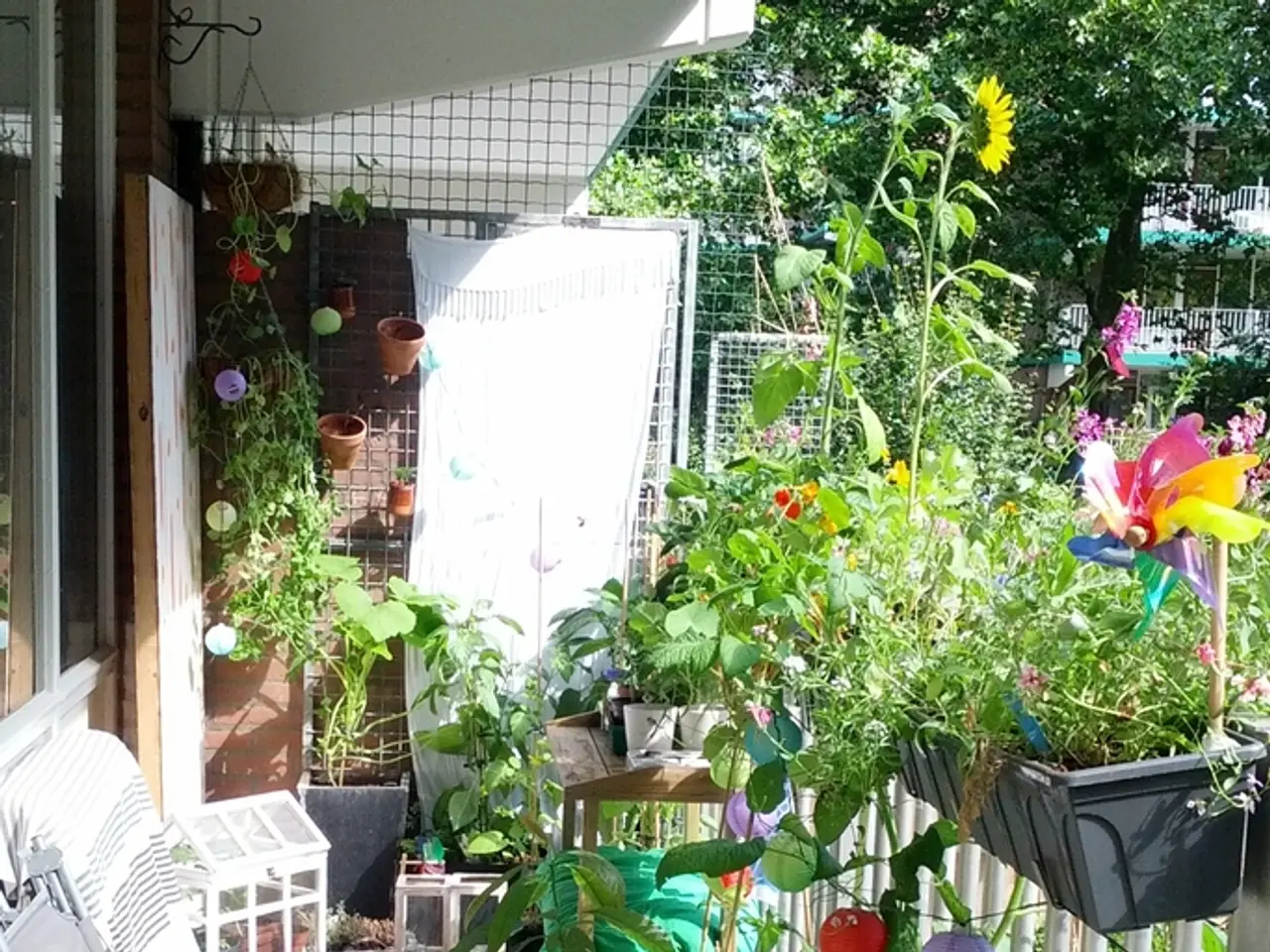Homely Hygge Aesthetic: My Exclusive Design Tips
In today's fast-paced world, finding a sanctuary of comfort and tranquility at home is more important than ever. One design philosophy that embodies this ideal is hygge, a Danish concept that emphasizes coziness, comfort, and contentment. Here are some effective tips to create a hygge home, based on recent expert advice.
First and foremost, maximizing natural light while incorporating warm artificial lighting is crucial. Allow plenty of daylight in using sheer curtains or light-filtering blinds. To enhance the cozy ambiance, opt for soft string lights, candles, and lamps that emit a warm, golden glow around 2700K color temperature. This lighting combination creates the comforting warmth essential to hygge.
Incorporating soft, plush textures and layers is another key aspect of hygge design. Use plenty of cushions, throws, and blankets made from natural fibers like sheepskin, cotton, wool, or chunky knits. Layer these textures on seating to create inviting, tactile comfort. Rugs, woven baskets, and wooden accents also add natural warmth and richness to the space.
When it comes to furniture, choose comfortable yet stylish pieces with soft shapes. Opt for enveloping sofas and armchairs with rounded edges and plush cushions in neutral or warm earthy tones such as beige, oatmeal, dusty rose, or soft greens. Furniture should feel like a "warm hug," prioritizing relaxation and softness without sharp lines.
Using candles and soothing scents to enhance mood is central to hygge. Lighting several candles every evening creates tranquility. Choose naturally scented candles with aromas like lavender, vanilla, or cinnamon, or use essential oil diffusers to add a gentle, calming fragrance.
Designating a personal hygge corner, such as a reading nook or meditation corner, is also essential. Fill it with cherished items like books and artwork to foster connection and personal comfort.
Hygge favors minimalism, where every item is either beautiful or functional. Thoughtfully select ceramics, textiles, and décor pieces that serve a purpose while enhancing the aesthetic. The Danish approach to design combines utility with artfulness.
Layering textures in decor, such as mixing wood, stone, and plants, can add depth and interest to a room. Using natural materials, like wood and ceramic, can add warmth and authenticity to a space. Keeping a home clutter-free is key for relaxation and creating a cozy atmosphere.
Incorporating personal art and photos can make a room feel more personal and unique. Regular decluttering and a dedication to welcoming your home are crucial for maintaining a hygge vibe. Clutter management, via the one-in, one-out rule, is a suggested practice to maintain a cozy and uncluttered environment at home.
Neutral tones like soft whites, warm grays, and muted beiges are great for a cozy home, bringing a sense of calmness and serenity. Neutral color palettes and earth tones are widely used in Scandinavian design to promote relaxation, with grey being a prevalent neutral.
Incorporating candles and soft furnishings can improve relaxation by up to 40%. The right color palette and lighting make a home feel cozy and inviting, perfect for unwinding. Setting aside time for simple joys, like sipping a warm drink or spending time with loved ones, can enhance the coziness of a home.
These elements combine to foster a peaceful, calm, and inviting home that embodies the spirit of hygge—comfort, coziness, and contentment in everyday living. By implementing these tips, you can create a home that provides a sanctuary of comfort and tranquility, even in the busiest of days.
- A hygge home emphasizes natural light and warm artificial lighting, allowing daylight in using sheer curtains and light-filtering blinds.
- To enhance the cozy ambiance, opt for soft string lights, candles, and lamps that emit a warm, golden glow around 2700K color temperature.
- Incorporating soft, plush textures and layers is another key aspect of hygge design, using cushions, throws, and blankets made from natural fibers like sheepskin, cotton, wool, or chunky knits.
- Furniture that feels like a "warm hug," prioritizing relaxation and softness, is ideal, such as enveloping sofas and armchairs with rounded edges and plush cushions in neutral or warm earthy tones.
- Personal hygge corners, like reading nooks or meditation corners, filled with cherished items, foster connection and personal comfort.
- Hygge favors minimalism, where every item is either beautiful or functional; ceramics, textiles, and décor pieces that serve a purpose while enhancing the aesthetic are essential.
- Layering textures in decor, such as mixing wood, stone, and plants, adds depth and interest to a room, and keeping a home clutter-free is key for relaxation.
- Incorporating personal art and photos can make a room feel more personal and unique, and regular decluttering is crucial for maintaining a hygge vibe.
- Neutral tones like soft whites, warm grays, and muted beiges promote relaxation and create a cozy, inviting home, embodying the spirit of hygge—comfort, coziness, and contentment in everyday living.





